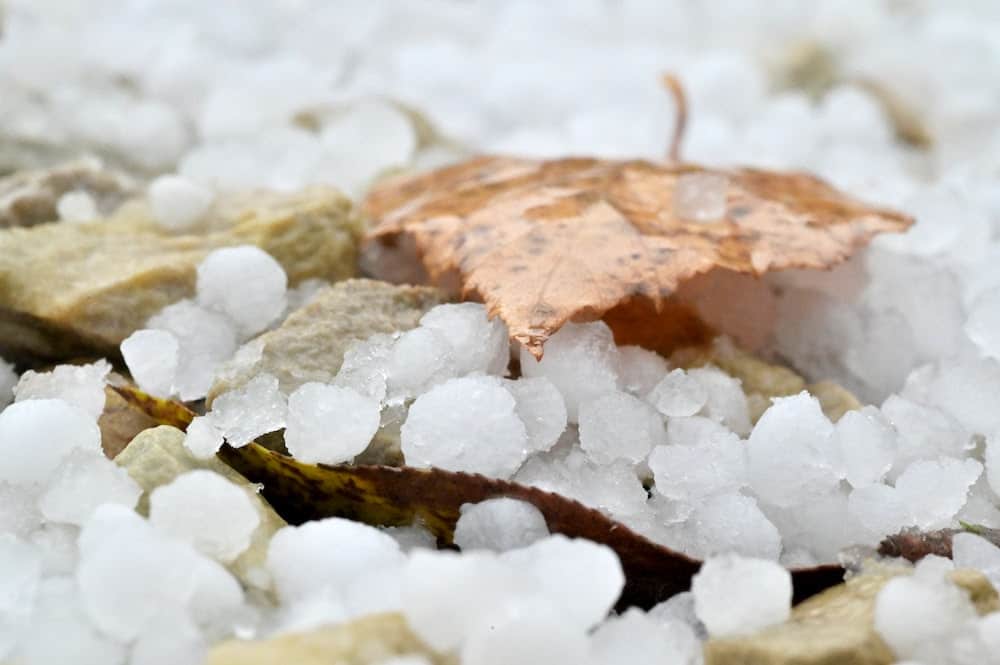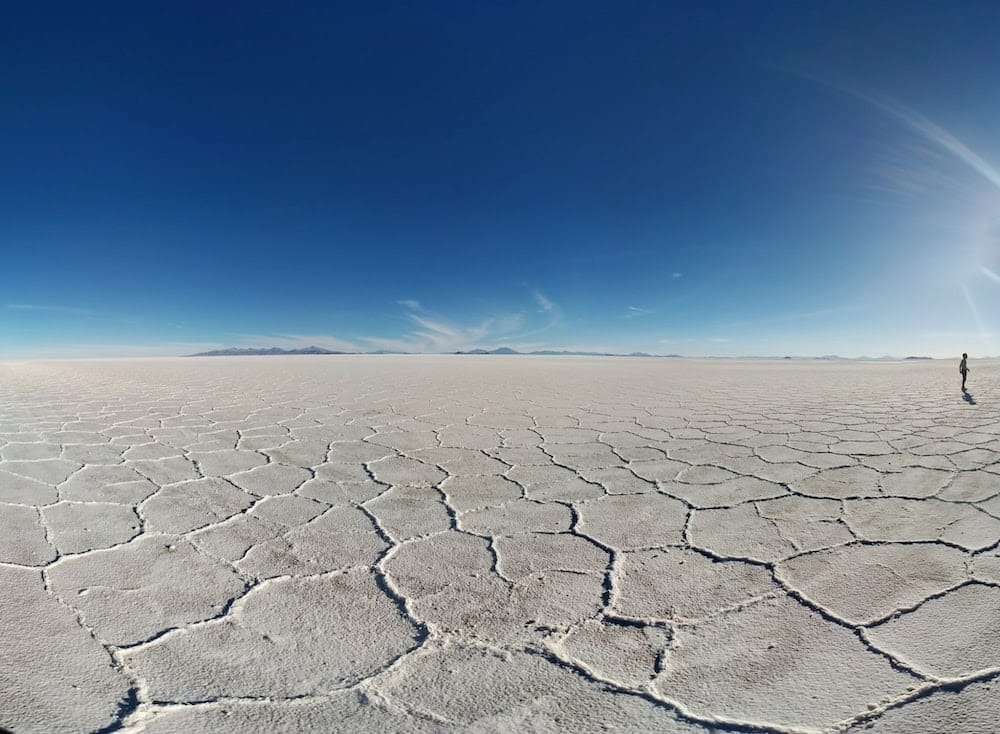
Climate change is affecting crops and land in different ways, and the European Severe Storms Laboratory recently declared that it’s not just climate change that has increased the presence of giant hailstorms. They are three times more common in Europe today than they were in the 1950s.

https://www.weather.gov/arx/jul2823
According to the European Severe Storms Laboratory, these giant hailstorms affect south-west France, one of the three areas most affected along with Italy and Spain.
The cause of this significant increase in giant hailstones in Europe is that there is a higher level of humidity in the air in the lower layers of the atmosphere, linked to rising temperatures.

https://www.weather.gov/arx/jul2823
Giant hail storms have made headlines in recent summers in France and across Europe. There have been numerous images of homes and vehicles with windows shattered by hailstones measuring five, eight and sometimes more than ten centimetres, giving the impression that this type of event is on the increase.

But until now, there has been a lack of meteorological data to prove a real increase in giant hail events. The European Severe Thunderstorm Laboratory has now published a study on the subject, based on its database of weather phenomena and calculations made by weather models.
The frequency of giant hail (over five centimetres) has increased 3-fold in Europe, compared with the 1950s. The areas most affected include northern Italy, south-west France and eastern Spain.

Other continents are also affected, such as North Africa, but the frequency of giant hail in all these countries remains much lower than in North America. Despite increasingly frequent destructive hail, northern Italy remains three times less affected than American states such as Kansas, Nebraska and Colorado. The American states are affected by thunderstorms combined with tornadoes filled with giant boulders, causing extremely serious ecological damage.




